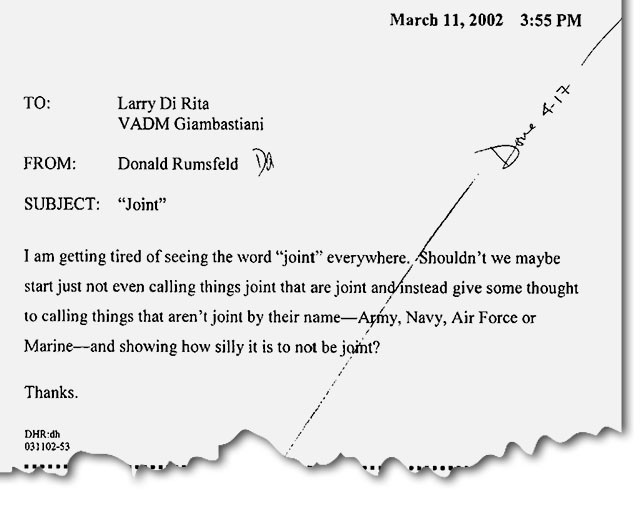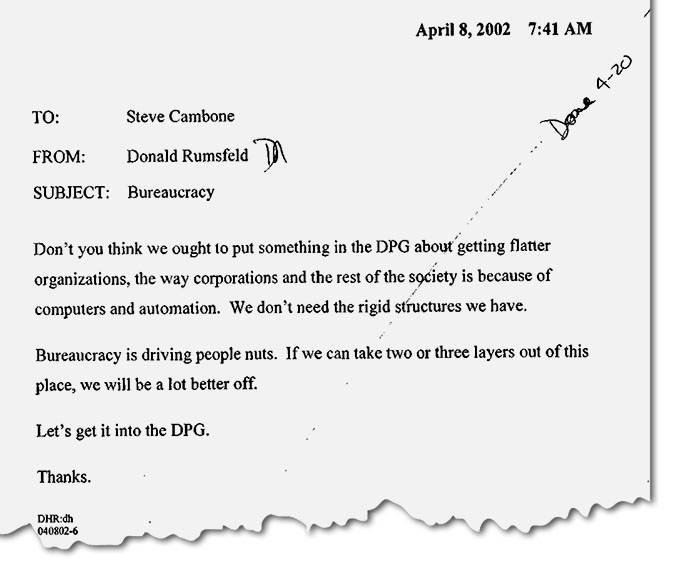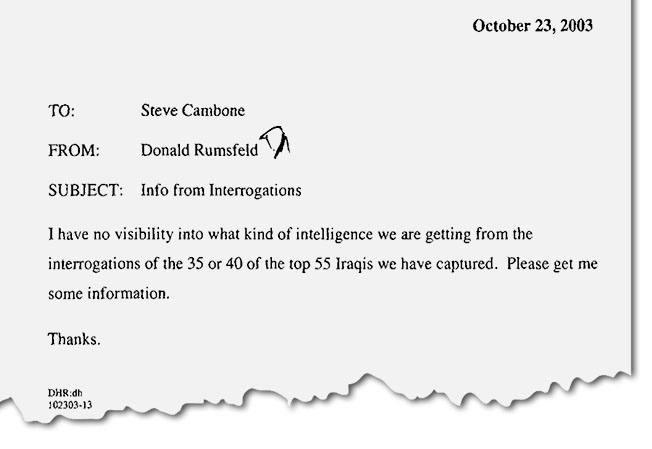A civil forfeiture complaint is merely an allegation. The United States bears the burden of proving that the oil in question is subject to forfeiture in a civil forfeiture proceeding. Funds successfully forfeited with a connection to a state sponsor of terrorism may in whole or in part be directed to the United States Victims of State Sponsored Terrorism Fund (http://www.usvsst.com/) after the conclusion of the case.
NEW YORK – The United States filed a forfeiture complaint in the U.S. District Court for the District of Columbia alleging that all oil aboard a Liberian-flagged vessel, the M/T Achilleas (Achilleas), is subject to forfeiture based on U.S. terrorism forfeiture laws. This investigation was led by Homeland Security Investigations (HSI) New York and the FBI’s Minneapolis office.

The complaint alleges a scheme involving multiple entities affiliated with Iran’s Islamic Revolutionary Guard Corps (IRGC) and the IRGC-Qods Force (IRGC-QF) to covertly ship Iranian oil to a customer abroad. Participants in the scheme attempted to disguise the origin of the oil using ship-to-ship transfers, falsified documents and other means, and provided a fraudulent bill of lading to deceive the owners of the Achilleas into loading the oil in question.
The complaint alleges in part that the oil constitutes the property of, or a “source of influence” over, the IRGC and the IRGC-QF, both of which have been designated by the United States as foreign terrorist organizations. The documents allege that profits from oil sales support the IRGC’s full range of nefarious activities, including the proliferation of weapons of mass destruction and their means of delivery, support for terrorism, and a variety of human rights abuses, at home and abroad.
“Iran uses profits from its petroleum sector to fund the malign activities of the IRGC-QF, a designated terrorist group,” said Special Agent in Charge Michael F. Paul of the FBI’s Minneapolis Field Office. “The FBI will continue to prioritize the enforcement of sanctions, and we applaud the efforts of our agents and partners on this investigation.”
“The U.S. Attorney’s Office for the District of Columbia will continue working with our law enforcement partners to stem the flow of illicit oil from Iran’s Islamic Revolutionary Guard Corps and Qods Force,” said Acting U.S. Attorney Michael R. Sherwin. “We will use all available tools, including our jurisdiction to seize and forfeit assets located abroad, to combat funding for terrorists and those who would do harm to the United States.”
“The forfeiture complaint filed today serves as a reminder that the IRGC and IRGC-QF continue to exert significant control over the sale of Iranian oil,” said Assistant Attorney General John C. Demers for the National Security Division. “As we have demonstrated in the past, the department will deploy all tools at its disposal to ensure that the IRGC and IRGC-QF cannot use profits from the sale of Iranian oil to fund terrorism and other activities that threaten the safety and security of all Americans.”
A civil forfeiture complaint is merely an allegation. The United States bears the burden of proving that the oil in question is subject to forfeiture in a civil forfeiture proceeding. Funds successfully forfeited with a connection to a state sponsor of terrorism may in whole or in part be directed to the United States Victims of State Sponsored Terrorism Fund after the conclusion of the case.
HSI New York and the FBI’s Minneapolis Field Office are leading the investigation of Iranian petroleum shipments. Assistant U.S. Attorneys Michael P. Grady and Brian P. Hudak of the U.S. Attorney’s Office for the District of Columbia and Trial Attorney David Lim of the Counterintelligence and Export Control Section of the National Security Division are prosecuting the case, with support from Paralegal Specialist Brian Rickers and Legal Assistant Jessica McCormick of the U.S. Attorney’s Office for the District of Columbia. The Money Laundering and Asset Recovery Section’s Program Operations Staff of the Justice Department’s Criminal Division has provided extensive assistance throughout the investigation.










